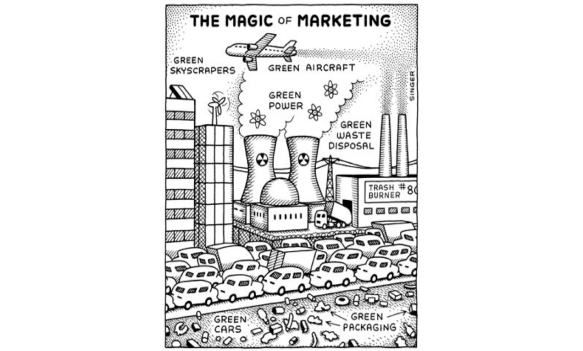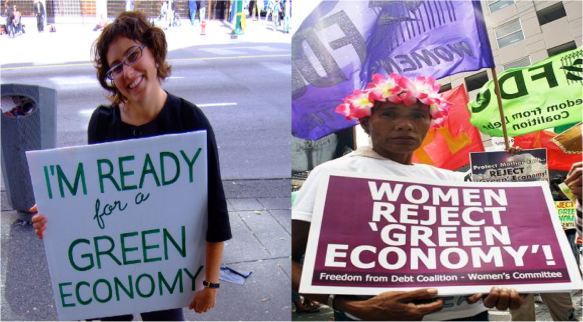“Locative Meaning-making: An Arts-based Approach to Learning for Sustainable Development” is the third journal paper I co-authored with former Master students and colleague at Wageningen University Natalia Eernstman who is currently a PhD student at Falmouth University/ London School of Arts in the UK. The first two – related papers focused on the introduction of IFOAM organic labelling schemes and the (negative) impact therof on indigenous farming practices in the North-East of India: Eernstman, N. and Wals, A.E.J. (2009) Interfacing knowledge systems: introducing certified organic agriculture in a tribal society. NJAS – Wageningen Journal of Life Sciences, 56(4), 375-390 and Eernstman, N. and Wals, A.E.J. (2009) Jhum Meets IFOAM: Introducing Organic Agriculture in a Tribal Society. International Journal of Agriculture and Sustainability, 7(2), 95-106.
This new paper – based on Natalia’s PhD-work – is quite different in that it explores the utilisation of dialogic practices, site-specific theatre and a project conducted in a British village to generate processes of “context-based meaning finding”. It concludes that Education for Sustainable Development essentially starts with and revolves around re-embedding sustainable development in life and the act of living, engaging people in place through processes in which communities yield their own, context and time specific interpretations of sustainable development. The paper was published in ‘open-access’ journals Sustainability and can therefore be downloaded and shared for free! One interesting feature f the paper is that the some of the conversations with the participants in the study as they took place during walks in through the land(scape) can be accessed and hear. The editors insisted the links to the date were put in the notes in the end instead of as hyper-links in the text – which is regretable in my opinion. But here they are the links to the two excerpts provided (which make more sense when engaging with the full text first): “in the woods” (with Natalia narrating first about how she engaged the participants and used “walking” as a way to dig for meaning) and “on the bridge”
The full paper reference is: Eernstman, N. and Wals, A.E.J. “Locative Meaning-making: An Arts-based Approach to Learning for Sustainable Development”, Sustainability 2013, 5, 1645-1660; doi:10.3390/su5041645 It can be downloaded HERE. sustainability-05-01645


